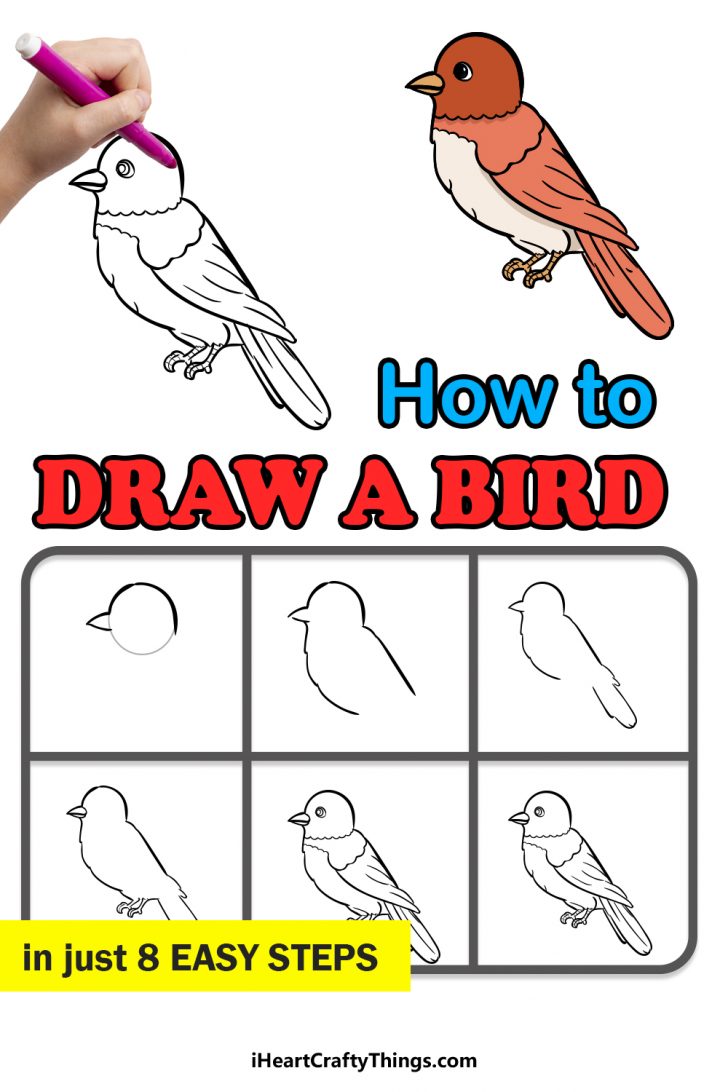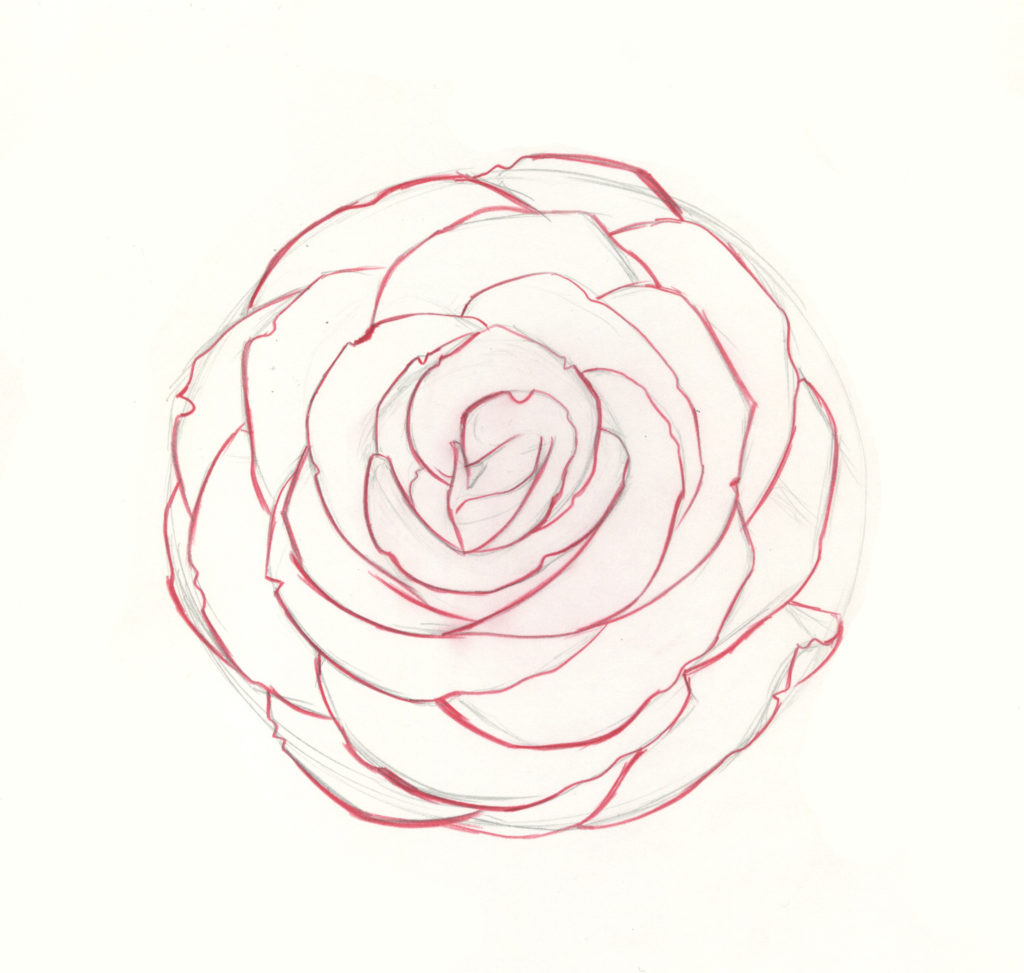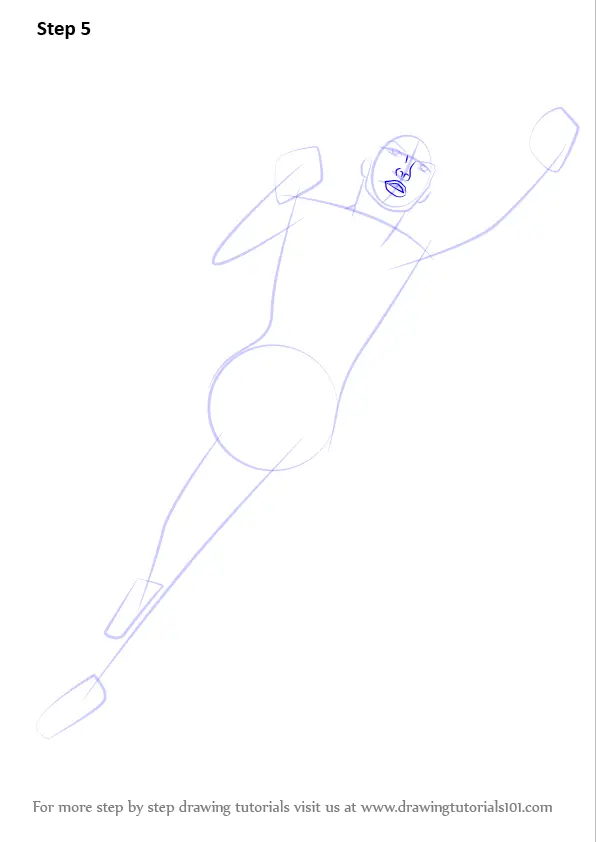The cheeky designer a landscape plan
Table of Contents
Table of Contents
Do you want to transform your outdoor space but don’t know where to start? Drawing a landscape plan is a great way to organize your ideas and bring your vision to life. With a little bit of creativity and some knowledge on the topic, anyone can learn how to draw a landscape plan that fits their unique style and preferences.
The Pain Points of Drawing a Landscape Plan
One of the biggest hurdles to drawing a landscape plan is not knowing where to start. It can be overwhelming to think about all the different elements of outdoor design, from choosing plants to arranging hardscaping features.
The Answer to How to Draw a Landscape Plan
The answer to this problem is to take it one step at a time. Start by assessing your property and making note of any existing features like trees or structures. Then, think about the overall style and vibe you want to go for, such as modern or rustic. From there, begin to add in specific elements like flower beds, seating areas, and paths.
Important Points to Keep in Mind
When drawing your landscape plan, keep in mind factors like sun exposure, water drainage, and soil type. These will all affect the success of your plants and the overall look of your outdoor space.
Personal Experience with Drawing a Landscape Plan
When I first started planning my outdoor space, I was completely overwhelmed by the amount of information out there. But by breaking it down into smaller pieces and focusing on one area at a time, I was able to create a beautiful and functional landscape plan that I was proud of. By using online resources and seeking guidance from professionals, I was able to learn about the plants and features that would work best for my specific property and preferences.
Choosing the Right Plants and Features
When choosing plants and features for your landscape plan, it’s important to consider factors like maintenance and long-term growth. Look for plants that are well-suited to your climate and choose features that are both functional and aesthetically pleasing. Don’t forget to think about how your outdoor space will be used - for example, if you have children or pets, you may want to incorporate a play area or a designated spot for their activities.
Integrating Hardscaping Features
Hardscaping features like patios, pathways, and retaining walls can add dimension and functionality to your landscape plan. When designing these elements, think about the overall flow of your space and how they will complement your existing plantings. Consider using materials that are long-lasting and durable, like stone or brick.
Personal Experience with Integrating Hardscaping Features
When I added a patio to my backyard, I knew I wanted it to be the focal point of my landscape plan. By choosing materials that matched my home’s exterior and complemented my plantings, I was able to create a cohesive and inviting space. I also incorporated lighting fixtures and furniture that made the space feel warm and welcoming, even after the sun went down.
Question and Answer
Q: What are some common mistakes to avoid when drawing a landscape plan?
A: One of the biggest mistakes people make when drawing a landscape plan is not considering the long-term growth of their plants. Be sure to choose plants that will not outgrow their space or require excessive pruning. Another mistake is not considering the functionality of their outdoor space. Make sure to incorporate features that fit your lifestyle and how you will use the space.
Q: How can I make my outdoor space feel more inviting and cozy?
A: There are many ways to make your outdoor space feel cozy and inviting. Incorporate soft lighting fixtures like string lights or lanterns for a warm glow, and add outdoor furniture that is comfortable and durable. Use plants and flowers to create a welcoming and vibrant atmosphere.
Q: What should I consider when choosing a color scheme for my landscape plan?
A: When choosing a color scheme, consider the overall style of your home and the vibe you want to create. Neutral colors like white and gray can create a modern and clean look, while warm colors like red and yellow can make your outdoor space feel energized and inviting.
Q: How much should I budget for a landscape plan?
A: The cost of a landscape plan can vary greatly, depending on factors like the size of your property, the complexity of the design, and the cost of materials. It’s best to consult with a professional landscaper to get an accurate estimate of costs.
Conclusion of How to Draw a Landscape Plan
Drawing a landscape plan can seem like a daunting task, but with a little bit of planning and creativity, anyone can create a beautiful and functional outdoor space. By breaking down the process into smaller steps and considering factors like maintenance and long-term growth, you can create a landscape plan that reflects your personal style and fits your budget. Happy planning!
Gallery
Landscaping Drawing Easy - E-ntgreenlife
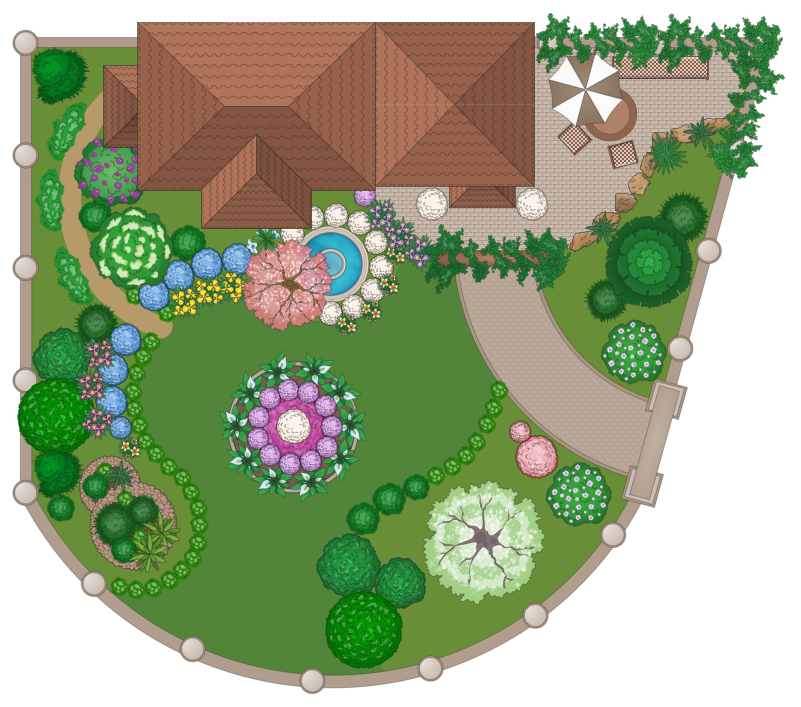
Photo Credit by: bing.com / conceptdraw planning zahrad skp
How To Plan A Landscape Design | HGTV
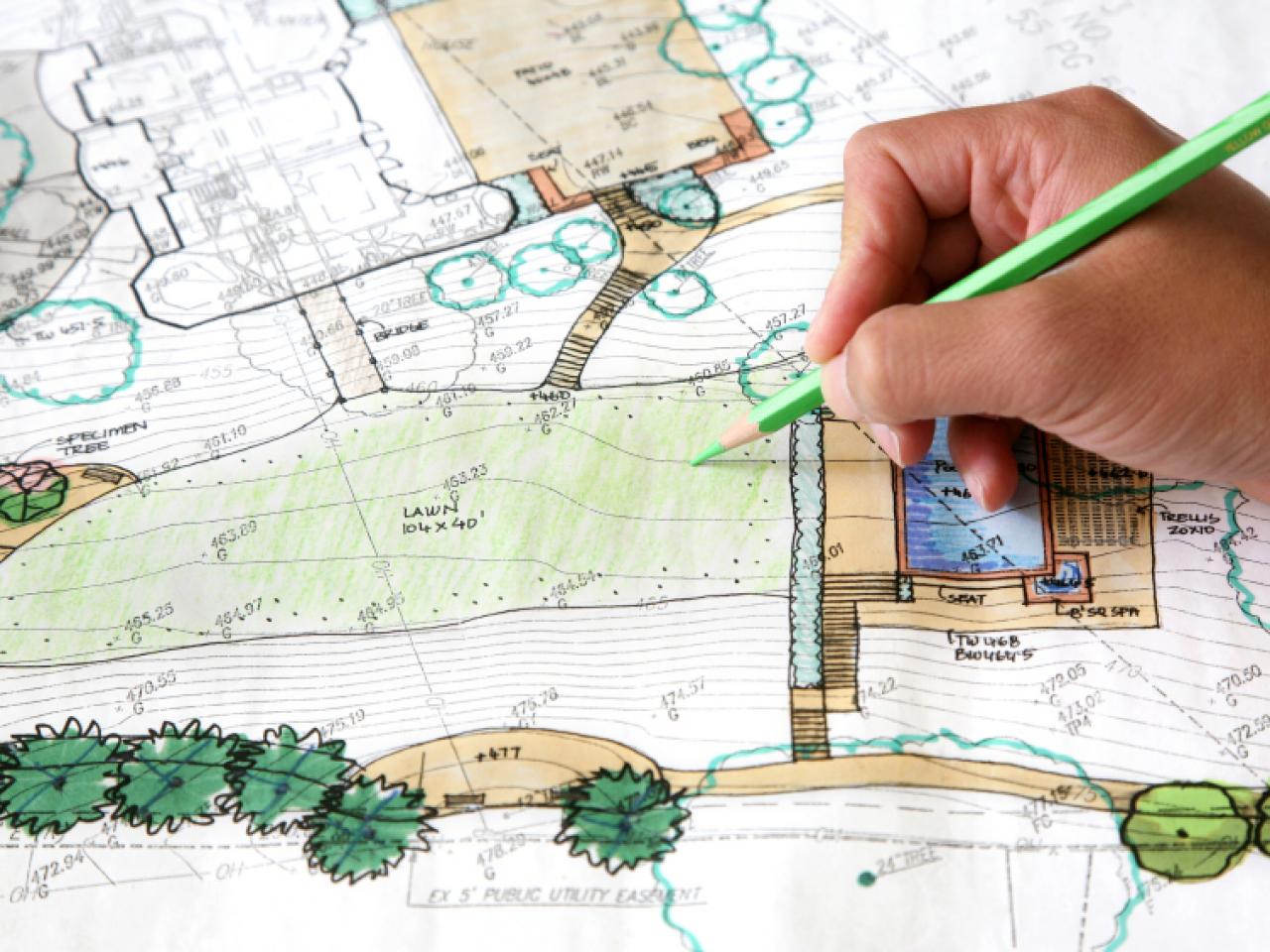
Photo Credit by: bing.com / landscape plan plans landscaping draw planning create hgtv garden drawing istock creating project
How To Draw Landscape Plans: Help For Beginning DIY’ers

Photo Credit by: bing.com / landscape draw plans drawing plan landscaping garden drawings thespruce diy learn
The Cheeky Designer: A Landscape Plan

Photo Credit by: bing.com / plan landscape drawing plans drawings garden sketch sketches landscaping architecture hand example architects sample create cheeky designer fangled aided none
Landscape Plan Drawing | Landscape Design Drawings, Landscape Design

Photo Credit by: bing.com / landscape plan drawings drawing garden plans architecture master designs landscaping color

